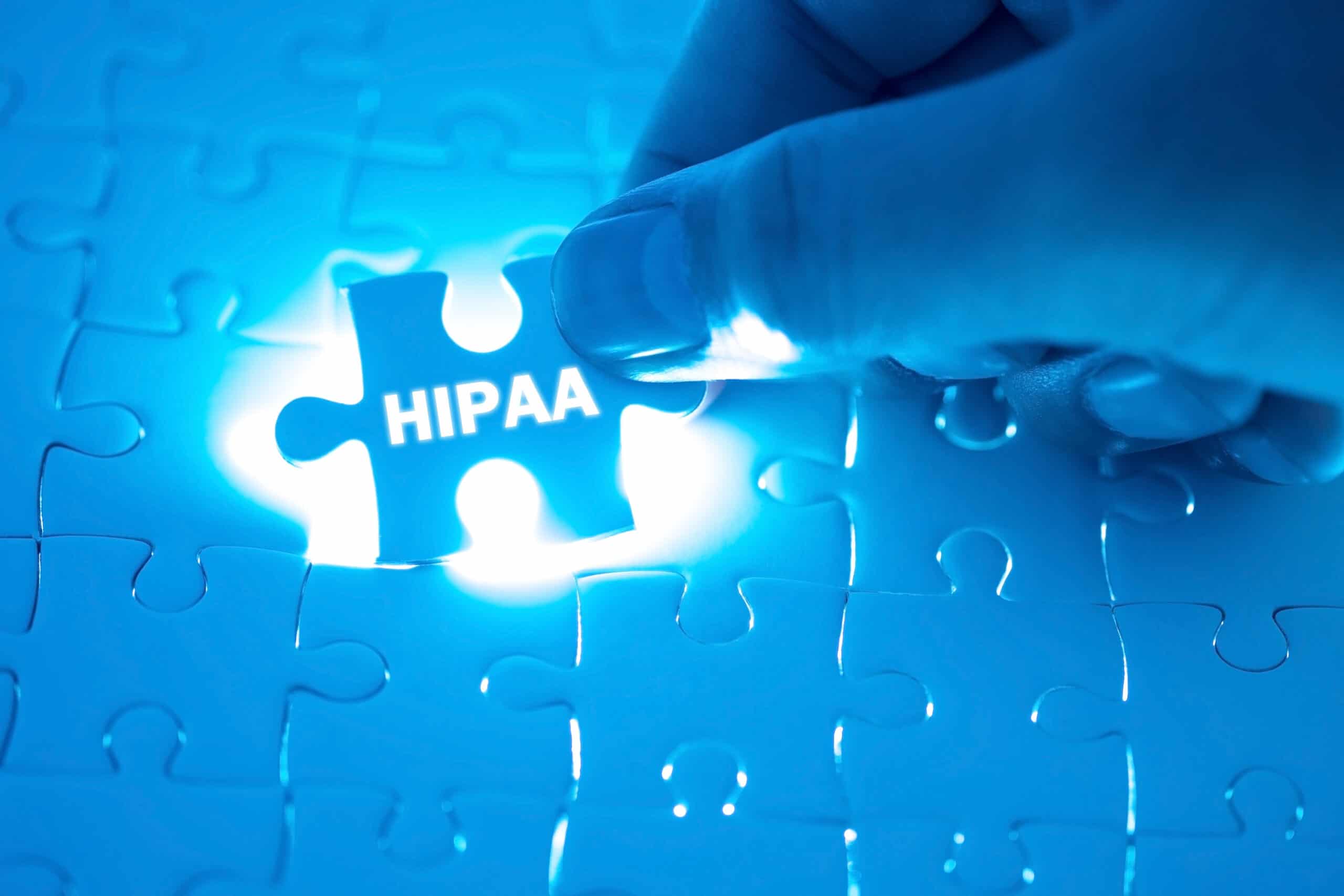Within the world of healthcare compliance and information security, there’s been increasing confusion around some terms and organizations. We’ve heard a bit about some of this confusion, specifically around HITRUST and HIPAA.
Both are connected to the preservation of health information, yet they fulfill separate functions and are founded on differing principles. This article clarifies the differences between these two. Whether a healthcare practitioner or a business associate, this guide will describe where HITRUST fits into overall compliance (if at all).
What Is HIPAA?
The Health Insurance Portability and Accountability Act (HIPAA) represents a U.S. statute enacted in 1996, exerting a profound influence on the healthcare sector, particularly concerning health information privacy and security. Below is a synopsis of HIPAA and its principal components:
HIPAA’s primary goal is to protect the privacy and security of people’s health information, known as protected health information (PHI). It also aims to make healthcare administration more efficient, reduce fraud and abuse, and ensure that individuals can transfer health insurance coverage from one provider to another.
- Privacy Rule: This rule sets national standards for using and sharing PHI. It allows patients to see their health records and control how covered entities handle their personal health information.
- Security Rule: This rule outlines how electronic PHI (ePHI) must be protected. Healthcare providers, insurers, and other entities must put administrative, physical, and technical measures in place to keep ePHI confidential and secure.
- Breach Notification Rule: If there’s a breach of unsecured PHI, this rule requires the affected entities to notify the individuals involved, the U.S. Department of Health and Human Services (HHS), and sometimes the media.
HIPAA applies to “covered entities” like healthcare providers, health plans, and healthcare clearinghouses that send health information electronically. “Business associates” are third-party vendors that work with covered entities and may have access to PHI.
What Is HITRUST?
HITRUST, or the Health Information Trust Alliance, is an entity that has formulated a widely-acknowledged security framework known as the HITRUST Common Security Framework (CSF).
HITRUST was conceived to standardize and centralize compliance management across healthcare and other sectors handling sensitive data. The HITRUST CSF aspires to furnish a comprehensive, adaptable, and efficient regulatory compliance and risk management methodology.
The goals of HITRUST include:
- Scalability: The framework is crafted to be applicable across organizations of varying sizes and complexity levels.
- Flexibility: Organizations may customize the HITRUST CSF to their particular needs, risks, and regulatory obligations.
- Certification: HITRUST offers a certification program, enabling organizations to manifest compliance with the HITRUST CSF and other regulatory standards.
- Integration: By combining multiple security standards and regulations, the HITRUST CSF simplifies the compliance landscape.
- Risk Management: The framework offers a systematic procedure for identifying, evaluating, and managing risks.
HITRUST and HIPAA Compliance
While HITRUST can speed up the process of meeting HIPAA compliance, it doesn’t replace the need to understand and follow HIPAA’s specific rules and regulations. Getting HITRUST certified is different than getting an official government stamp of approval for HIPAA compliance, and organizations still need to make sure they meet all of HIPAA’s particular standards.
HITRUST can benefit organizations looking to boost their security and compliance efforts. But, like anything else that comes with guidelines or standards, there are potential downsides.
Some of the challenges of HITRUST include:
- High Costs: Implementing the HITRUST CSF can be expensive. The costs may include assessment fees, licensing, consulting services, and potential technology and staff training investments. Smaller organizations may find these costs particularly burdensome.
- Complexity: While HITRUST aims to simplify compliance by harmonizing various standards, the process of achieving certification can still be complex. Organizations must navigate a detailed set of controls and requirements, which may require specialized expertise.
- Ongoing Maintenance: HITRUST certification is not a one-time achievement. Organizations must continuously monitor, assess, and improve to maintain their certification. This ongoing commitment can be resource-intensive, especially considering that you’ll still need to undergo an assessment for HIPAA separately.
- Potential Overemphasis on Certification: Some organizations may view HITRUST certification as an end goal rather than part of a broader security strategy or pathway to HIPAA compliance. Focusing solely on certification may lead to a checkbox mentality, where the underlying security needs and risks are not adequately addressed.
- Not a Guarantee of Compliance: While HITRUST aligns with various regulatory standards, including HIPAA, achieving HITRUST certification does not automatically guarantee compliance with all applicable laws and regulations. Organizations must still ensure they meet specific legal requirements.
- Limited Recognition Outside Specific Industries: While HITRUST is widely recognized within the healthcare industry, its acceptance may be more limited in other sectors. Organizations operating across various industries may find that HITRUST certification does not carry the same weight everywhere.
- Potential Vendor Lock-in: Some critics argue that the HITRUST model may lead to vendor lock-in, where organizations become overly reliant on HITRUST-approved assessors and tools. This could limit flexibility and choice in selecting security solutions.
Focus on HIPAA Compliance and Ongoing Maintenance with Continuum GRC
Continuum GRC is a cloud platform that can take something as routine and necessary as regular vulnerability scanning and reporting under FedRAMP and make it an easy and timely part of business in the public sector. We provide risk management and compliance support for every major regulation and compliance framework on the market, including:
- FedRAMP
- StateRAMP
- GDPR
- NIST 800-53
- FARS NIST 800-171
- CMMC
- SOC 1, SOC 2
- HIPAA
- PCI DSS 4.0
- IRS 1075
- COSO SOX
- ISO 27000 Series
- ISO 9000 Series
And more. We are the only FedRAMP and StateRAMP Authorized compliance and risk management solution worldwide.
Continuum GRC is a proactive cybersecurity® and the only FedRAMP and StateRAMP Authorized cybersecurity audit platform worldwide. Call 1-888-896-6207 to discuss your organization’s cybersecurity needs and find out how we can help your organization protect its systems and ensure compliance.





Related Posts